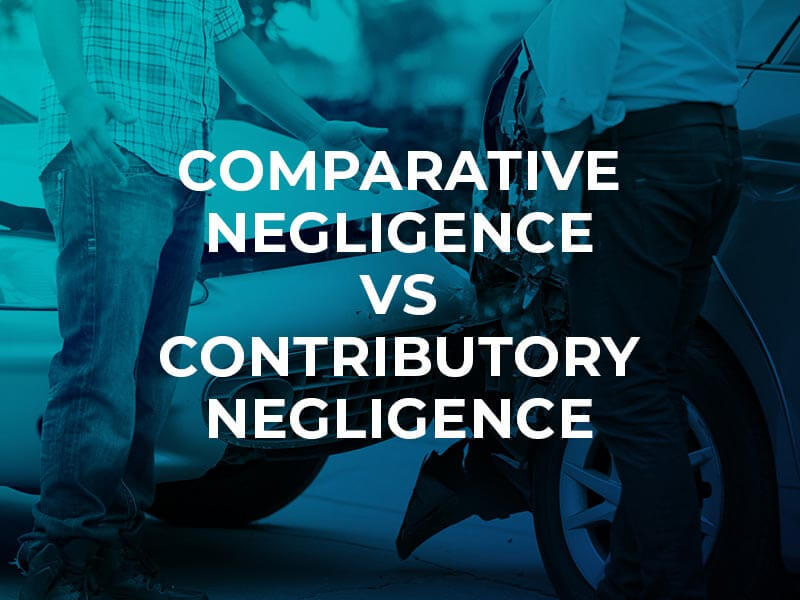Comparative Versus Contributory Negligence
If someone is injured in an accident, one of the first things that need to be established is who was responsible for the incident. The responsible party is determined using a variety of means, including investigations into the crash. It is important to determine who is at fault because that will play a part in determining who is liable for damages. The legal concepts of comparative and contributory negligence matter when examining any injury case.
Negligence is a term used to describe conduct that creates an unreasonable risk of harm to other people. If a person is negligent, and their negligence causes harm to someone else, then that person is legally responsible for paying damages. If you think another person is liable for your injuries, it is necessary to prove that:
- The defendant had a duty to care for your safety
- The defendant failed to act in a reasonable way and breached their duty to care
- The defendant’s breach of duty was the cause of your injuries
- The plaintiff (you) suffered injuries in which you may claim damages

Contributory or comparative negligence?
Traditionally, contributory negligence laws barred someone from recovering damages of they in any way contributed to the incident. This doctrine originated in English common law and was designed to cut down on careless conduct and fraudulent claims. The total bar to recovery of compensation eventually was deemed fairly harsh, and most jurisdictions have moved away from this concept and towards a comparative negligence system.
There are two types of approaches to comparative negligence typically found in the US:
- Pure comparative negligence. This means that the plaintiff’s (the victim) damages are totaled and then reduced to reflect how much they contributed to the incident. For example, if a plaintiff is awarded $10,000 in damages, but was found to be 10% at fault in the incident, they will only receive $9,000 in damages. A person can be awarded damages regardless of how much fault they had in the incident, up to 99%.
- Modified comparative negligence. This system of comparative negligence means that the plaintiff cannot recover damages if they are found to be equally responsible or more responsible than the other party for their injury. In other words, the injured person can receive damages if they were found to be 49% at fault or less.
What form of negligence does Georgia use?
The state of Georgia uses a modified comparative negligence approach. If the court finds the plaintiff to be 50% or more at fault, they are barred from recovering any compensation for their damages. If the court finds the plaintiff to be less than 50% at fault, their damages will be reduced by the percentage they were found at fault, just like in a pure comparative negligence system.
How to limit your liability after an incident
If you are injured due to the actions of another person, seek legal assistance as soon as possible. A personal injury attorney will understand how to investigate what happened and work to prove the other party’s liability. The other side (or their insurance carrier / legal team) may attempt to place more fault for the incident on you in order to pay out a lower settlement. Your attorney will protect your rights and move to secure maximum compensation for your injuries.